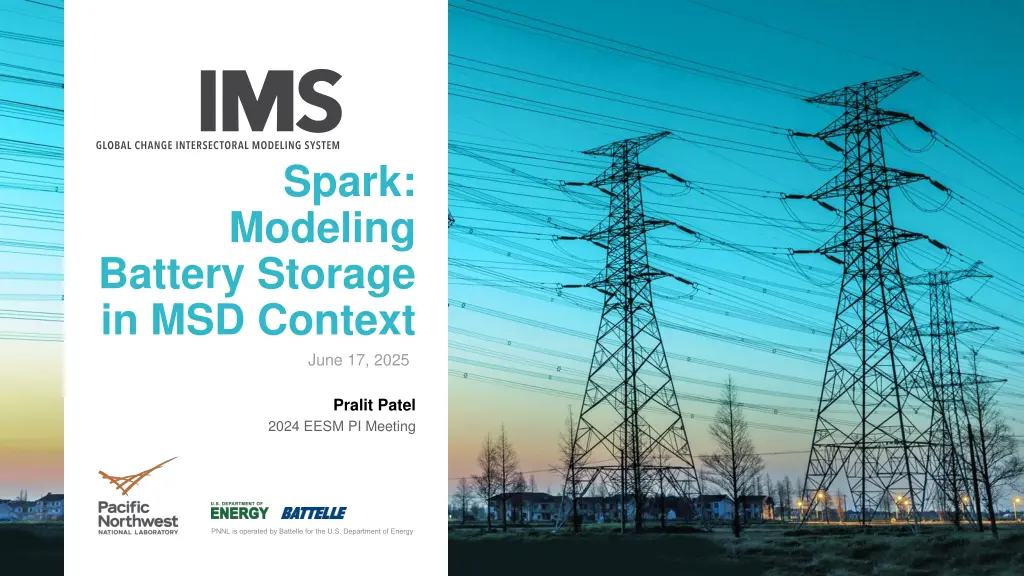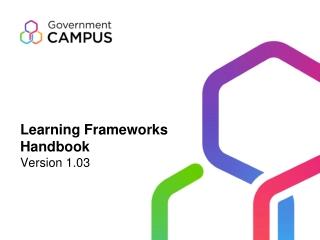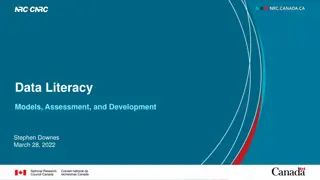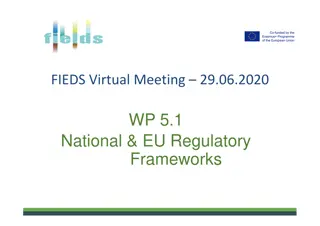
Optimizing Battery Storage for Grid Efficiency and Resilience
Explore the modeling of battery storage in the context of grid systems to enhance load shifting and maximize electric capacity utilization, particularly in conjunction with Variable Renewable Energy sources. Addressing short-term influences on long-term dynamics and investments' impacts on future responses, design a flexible system to effectively manage complexity while striving for scientific goals. Collaboration, model coupling, and robust methodologies play crucial roles in achieving system flexibility and resilience.
Download Presentation

Please find below an Image/Link to download the presentation.
The content on the website is provided AS IS for your information and personal use only. It may not be sold, licensed, or shared on other websites without obtaining consent from the author. If you encounter any issues during the download, it is possible that the publisher has removed the file from their server.
You are allowed to download the files provided on this website for personal or commercial use, subject to the condition that they are used lawfully. All files are the property of their respective owners.
The content on the website is provided AS IS for your information and personal use only. It may not be sold, licensed, or shared on other websites without obtaining consent from the author.
E N D
Presentation Transcript
Spark: Modeling Battery Storage in MSD Context June 17, 2025 Pralit Patel 2024 EESM PI Meeting
Ostensibly about grid storage Explicitly model battery grid storage which provides load shifting ; more effectively utilize electric capacity Particularly useful in conjunction with Variable Renewable Energy (VRE) Within a structural model which includes appropriate dynamics to characterize the benefits of storage to the system (not just a statistical relationship) Still within the full GCAM/GCAM-USA 2
Really driving towards the overarching science goals How do short-term influences affect long-term dynamics ? How will investments affect the ability to respond to future influences ? Variability Extremes Climate Impacts 3
Designing a flexible system which has the right levers GCAM will never have all the details (resolution, climate, stressors) Collaboration and model coupling are key Speak the same language to ensure we can faithfully include feedbacks to / from coupled systems Manage trade off in complexity with science goals Robust methodologies Flexible and nimble data processing We may want to ultimately translate to statistical relationships 4
Thank you Poster 136 5






















